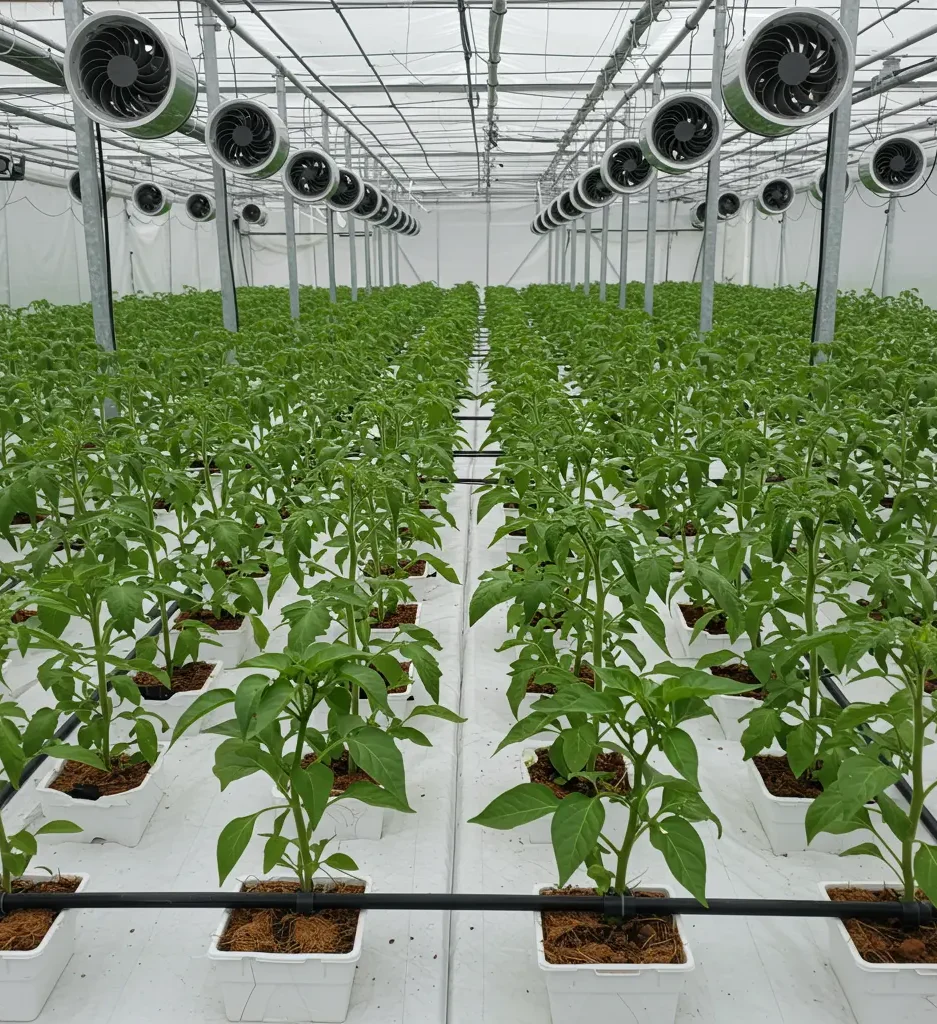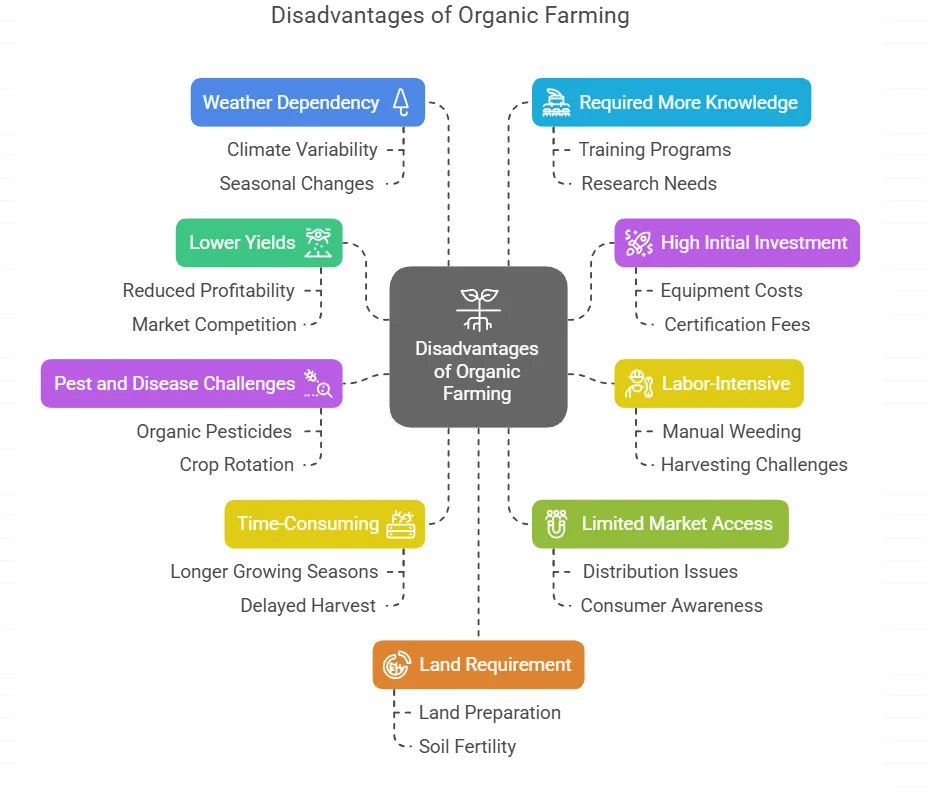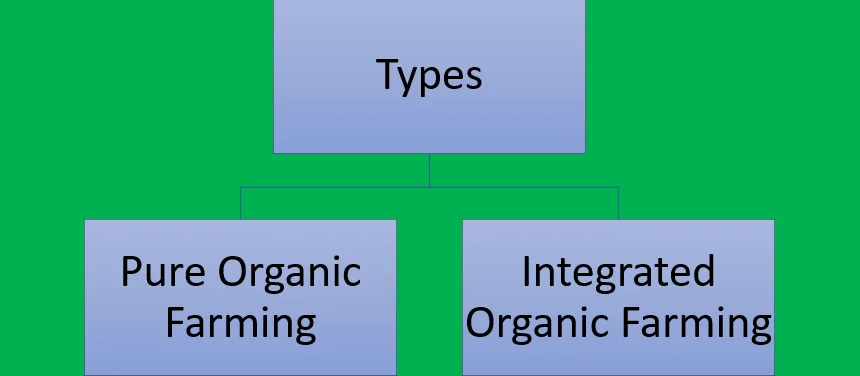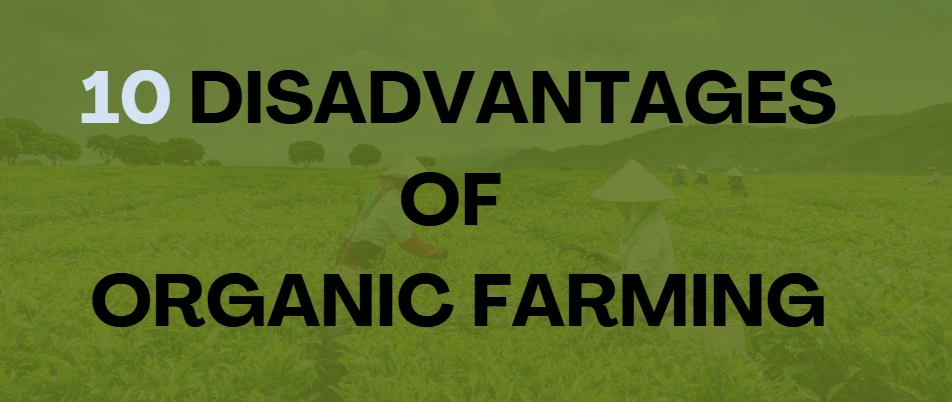
Organic farming is the future of sustainable agriculture, offering chemical-free food while preserving soil health. In India, the demand for organic products is rising, with the market expected to grow at 20% annually (Source: APEDA). But is organic farming always beneficial? Like every method, it has advantages and disadvantages of organic farming that farmers must consider.
In this detailed guide, we will explore the real benefits, challenges, and profitability of organic farming in India, backed by government reports, farmer success stories, and research data. Whether you are a farmer, student, or entrepreneur, this blog will help you make an informed decision about organic farming.
Definition Of Organic Farming
Organic farming is that branch of agriculture and science in which organic material is used such as FYM, vermicompost etc. It is a part of modern agricultural technology which provides sustainability in farming.

Example of Organic Fertilizer
1. Compost: Decomposed organic matter from kitchen waste, leaves, and garden residues.
2. Vermicompost: Nutrient-rich compost produced by earthworms.
3. Bone Meal: Powdered animal bones rich in phosphorus and calcium.
4. Green Manure: Crops like clover or legumes ploughed back into the soil to improve organic matter.
5. Seaweed Extract: Natural fertilizer rich in micronutrients.

Types Of Manure
1. Farmyard Manure (FYM): A mixture of cow dung, urine, and straw.
2. Poultry Manure: Droppings from chickens, rich in nitrogen and phosphorus.
3. Sheep and Goat Manure: High in nitrogen and potassium, suitable for crops like vegetables.
4. Green Manure: Incorporating green plants into the soil.
Advantages and Disadvantages of organic farming

10 Advantages of organic farming
1. Environmental Sustainability
Organic farming preserves soil health, reduces pollution, and promotes biodiversity by avoiding synthetic chemicals.
2. Provide health Products
With the help of organic farming, we get chemical-free products that are beneficial for human and animal health and do not harm our environment. Organic farming eliminates synthetic pesticides and fertilizers, resulting in safer food products. Studies have shown that organic food contains higher antioxidant levels and lower pesticide residues, reducing health risks for consumers.
Example: A study by FAO found that organic crops contain 20-40% more antioxidants than conventional ones.
3. Economic Benefits
With increasing consumer demand for organic products, farmers can earn higher profits due to premium pricing. Export opportunities in international markets also add to the economic viability of organic farming

4. Improved Soil Fertility
The use of compost, green manure, and biofertilizers enhances soil health by increasing organic matter and microbial activity. According to ICAR, organic farming reduces soil degradation, enhances water retention, and improves biodiversity.
Example: NABARD reports that organic farms have 30% higher water retention, reducing irrigation needs.

5. Increased Water Retention
Organic farms retain water better, reducing the need for frequent irrigation. According to the Food and Agriculture Organization (FAO), organic farming can improve water retention by up to 30%, helping conserve this precious resource.
6. Reduced Carbon Footprint
Organic farming reduces greenhouse gas emissions as it avoids synthetic nitrogen fertilizers, which are a major contributor to CO₂ emissions. A study by NABARD found that organic farms contribute 40% less CO₂ emissions than conventional farms.
7. Promotes Biodiversity
A healthy environment attracts beneficial insects and other living microorganisms. Organic farming increases biodiversity and habitats for a variety of plants, insects, and animals.
8. Government Support and Certification Schemes
The Indian government promotes organic farming through schemes such as the Paramparagat Krishi Vikas Yojana (PKVY) and the National Programme for Organic Production (NPOP). These initiatives provide financial assistance, training, and marketing support to farmers.
Example: Under PKVY, farmers get ₹10,000 per acre support for organic certification.
9. Improved Pest Control with Natural Methods
Organic farming encourages natural pest control methods such as using beneficial insects, crop rotation, and organic sprays. A study by ICAR suggests that integrated pest management (IPM) in organic systems reduces pest damage by 30-40%.
10. More Earning Than other farming
Chemical-based vegetables fruits and other foods are present in the market whose prices are less than non-chemical-based crops. Food produced through organic farming has 2 times more profit in the market compared to non-organic food.
They say that whatever has advantages also has disadvantages. Similarly, organic farming also has some disadvantages which we need to understand
1. Lower Yields
In the first few years, organic farming may result in lower yields as soil fertility gradually improves. Farmers often face a 3-year transition period before full certification, making it difficult to sustain profitability initially.
Solution: With crop rotation and organic composting, yields stabilize over time.
2.High Initial Investment
Organic farming requires significant upfront investment in organic seeds, certification, and tools. ICAR reports that organic certification can cost ₹25,000-₹40,000 for small-scale farmers, which can be a financial burden.
3. Labor-Intensive
Organic farming often requires more labor due to practices like manual weeding, crop rotation, and composting. This can increase the overall cost of production, especially in rural areas where labor is already in short supply.
4. Pest and Disease Challenges
Organic farming avoids synthetic pesticides, making it harder to control pests, especially in highly pest-prone regions. While bio-pesticides and neem-based solutions are effective, they may not always provide immediate results.

5. Time-Consuming
Transitioning to organic farming takes time, often requiring three years to fully meet certification standards. This delay impacts the profitability of farmers.
6. Limited Market Access and Distribution Challenges
Despite growing demand, the organic supply chain in India is still developing. Lack of direct-to-consumer sales platforms and limited organic markets make it challenging for farmers to find the right buyers.
7. Required More Knowledge
Many farmers lack the proper knowledge of organic farming techniques, which can lead to improper implementation and poor results. NABARD and ICAR are working on training programs, but the gap remains significant.
8. Land Requirement
While government schemes exist, there is limited support infrastructure like organic farming machinery, storage, and transportation facilities in rural areas. This hampers farmers from scaling up their operations.
9. Weather Dependency
Organic farming practices are often more affected by weather fluctuations due to limited chemical intervention.
10. Transition Period
Farms switching to organic methods may face initial financial and productivity challenges during the transition phase.
How to Overcome Challenges in Organic Farming?
- Use bio-fertilizers like vermicompost and green manure to maintain soil fertility.
- Adopt integrated pest management (IPM) using neem oil and companion planting.
- Apply for government subsidies and training programs for financial assistance.
- Leverage e-commerce platforms like Jaivik Kheti Portal to expand market reach.
- Invest in cold storage solutions to increase the shelf life of organic produce.
Differences Between organic and inorganic farming
Aspect | Organic Farming | Conventional Farming |
Defination | Utilize natural inputs, avoids synthetic chemicals and GMO. | Utilize chemicals, fertilizer,pesticides and other GMO. |
Soil Fertility | Maintains through composting, crop rotation, and natural amendments | Depend on fertilizer and chemical for nitrient supply. |
Pest management | Uses natural predators and organic pesticides. | Uses pesticides and herbicides |
Crop yield | Lower yield | High yield |
Cost | Require high cost | Require lower cost than organic farming |
Sustainability | Focuses on long- term goal | Focuses on Immediate production |
Certification | Required certification | No required any certification |
Types of Organic farming

After the Advantages and Disadvantages of organic farming, organic farming various methods that prioritize ecological balance, biodiversity, and soil health. The primary types include-
Chemicals and fertilizers are not used in “pure organic farming”. Apart from this, compost, fodder and organic fertilizers are used.
2. Integrated Organic Farming
Integrated organic farming uses chemicals like pesticides, herbicides compost, vermicompost and organic farming techniques.
History Of Organic Farming
After discussing the Advantages and Disadvantages of organic farming Organic farming has a long history rooted in traditional agricultural practices and evolved into a formal movement in the 20th century.
here is a chronological overview:
1. Ancient Practice
- Prehistoric Era
- Egyptian and Mesopotamian Civilization
- Vedic period in India
2. Industrial Revolution(18th-19th Century)
The Industrial Revolution introduced synthetic chemicals and mechanized farming, leading to higher yields.
3. Early 20th Century
Birth of organic farming
- Sir Albert Howard (UK): Known as the “Father of Modern Organic Farming,” he developed the “Indore Method” of composting in India during the 1920s.
- Rudolf Steiner (Germany): In the 1920s, Steiner introduced Biodynamic Farming, combining spiritual and ecological approaches to agriculture.
- Masanobu Fukuoka (Japan): Father of “natural farming,” Fukuoka advocated no-till and no-chemical farming methods.
4. Late 20th Century
- 970s: The establishment of organizations like the International Federation of Organic Agriculture Movements (IFOAM) in 1972.
- Governments started creating organic farming standards and certification systems.
- 1980s-1990s: Growth of the organic food market in response to consumer demand for healthier, chemical-free produce.
5. 21st Century
- 2000s: Rapid growth of organic farming worldwide
- Governments and NGOs promoted organic farming as part of sustainable development goals (SDGs).
- Development of advanced organic techniques
India has many Advantages and Disadvantages of organic farming
Current Status-
1. India Position:
* India ranks among the top organic producers globally.
* Sikkim became the world’s first 100% organic state in 2016.
2. Area under Organic Farming:
*According to the Ministry of Agriculture (2023), over 4.5 million hectares* are certified organic in India.
3. Major Organic Products:
* Fruits and vegetables (mango, banana, ginger).
*Grains (wheat, rice, pulses).
*Spices (turmeric, cardamom).
* Organic cotton.
Government Schemes to promote organic farming
- Paramparagat Krishi Vikas Yojana (PKVY)
- Mission Organic Value Chain Development for North Eastern Region (MOVCDNER)
- National Programme for Organic Production (NPOP)
Advantages and disadvantages of organic farming in India
India has many Advantages and Disadvantages of organic farming, some discussed in this article
Advantages
India has many Advantages and Disadvantages of organic farming that is advantages
Soil Health: Improves fertility by using natural fertilizers.
Biodiversity: Encourages diverse cropping systems.
Market Demand: High export demand for organic products.
Cost Efficiency: Reduces dependency on expensive chemical inputs.
Disadvantages
India has many Advantages and Disadvantages of organic farming that is disadvantages
People also ask
What is organic farming?
Organic farming is a method of agriculture that avoids chemicals like fertilizers, pesticides, and genetically modified organisms (GMOs). Instead, it relies on natural inputs such as compost, green manure, and biological pest control to grow crops.
Organic Farming method
- crop rotation
- Green manure
- Composting
- Biological pest control
- Vermicomposting
- Organic Mulching
- Use of biofertilizer
- polyculture
Type of organic farming
- pure organic farming
- integrated organic farming
Organic farming meaning
organic means use of organic mattre like compost , FYM, vermicompost and other bio fertilizers.
Importance of organic farming
- pramote biodiversity
- sustainibility
- provide healthy food
- conserve soil erosion
What is the biggest problems of organic farming?
lower yield, high cost
Conclusion
This blog includes all the information related Advantages and Disadvantages of organic farming. Organic farming is a sustainable and environmentally friendly method that ensures healthier food and long-term soil fertility. However, it requires dedication, proper planning, and support to overcome challenges like lower yields and market access. With increasing awareness and demand, organic farming has the potential to transform agriculture into a healthier and more sustainable system.
References:
- Food and Agriculture Organisation
- Indian Council of Agricultural Research (ICAR) – Visit Website
- National Centre of Organic Farming (NCOF) – Learn More
- USDA Organic Farming Guidelines – Check Here
- NABARD Organic Farming Support – Know More

